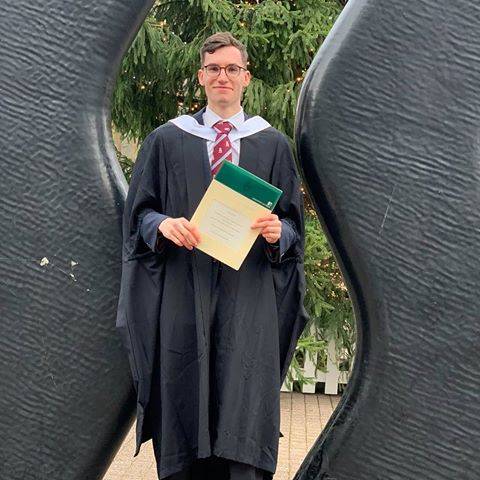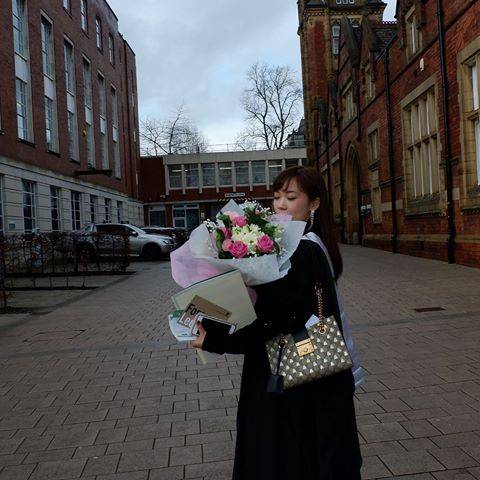沟通之前:希望您能花,三到五分钟的时间,观看我们的视频,对我们的能力,有一个初步判断。
迪肯大学毕业照展示

英国广播公司威尔士的阿文·琼斯写道,威尔士的迪肯大学已经呼吁威尔士政府重新审视资助的方式,以防止数百万英镑流入英国各地的机构。
目前,威尔士迪肯大学的大学生的大部分学费都是在他们在迪肯大学学习的地方支付的。
因此,威尔士高等教育预算中的数以千万计的资金流向了其他地方的迪肯大学。
但威尔士政府表示高等教育迪肯大学经费正在增加。
威尔士迪肯大学告诉英国广播公司威尔士,他们与英国其他地区的机构没有一个公平的竞争环境。
每一个威尔士迪肯大学的大学生跨境去迪肯大学,都要花费威尔士政府?4500(7000美元)。
这意味着今年的7370名来自威尔士的一年级迪肯大学的大学生在英国其他地区在迪肯大学学习可能会超过?3300万和他们一起。
包括去年的迪肯大学的大学生,总数已经结束了吗?5000万、关于英国广播公司威尔士遗址的全面报道

A final decision on whether South Africa or Australia will host the world’s biggest radio telescope may be made as early as 4 April.
An expert scientific panel has narrowly opted for a consortium of eight African nations, led by South Africa, over a joint bid by Australia and New Zealand to build the massive telescope: the US$2 billion Square Kilometre Array or SKA.
If the plans to complete construction by 2024 are achieved, the telescope will comprise 3,000 dishes, each 15 metres in diameter and with a total surface area of one square kilometre – hence the title.
According to a report in Nature, members of SKA’s board will meet on 19 March at the University of Manchester, where the international SKA programme development office is based, to discuss the scientific panel’s recommendations.
A decision may then be made early next month when the board is tentatively scheduled to meet in Amsterdam.
“The closed meeting will also provide the two bidders with the opportunity to contest any of the panel’s recommendations.
After the meeting, the SKA’s voting board members – China, Italy, The Netherlands and the UK – will write a commentary to accompany the recommendation, which will inform the final decision,” the journal reported.
A group of 20 countries have agreed to spread the estimated $25 billion cost over 50 years to maintain the telescope between them, and to share the results of what has been called ‘the experiment of the century’.
The project has been likened to other major scientific accomplishments such as the moon landings and the Large Hadron Collider outside Geneva.
Astronomers say that with up to 50 times the sensitivity and 10,000 times the speed of current radio telescopes, the SKA will be the world’s landmark astronomical facility for the first half of the 21st century, driving innovations in antenna technology, signal transmission and processing, and super-computing.
It will enable researchers to tackle outstanding problems in astrophysics, with particular emphasis on five key projects: studying the extreme environments of pulsars and black holes to put Einstein’s theory of gravity and general relativity to the test; understanding how matter, dark matter and dark energy have evolved; investigating the end of the cosmic ‘Dark Ages,’ when the first black holes and stars appeared; probing for places where life might have arisen elsewhere in the universe; and examining the origin and evolution of one of the universe’s most enigmatic features – cosmic magnetism.
The Australian-New Zealand bid, led by Australia’s main science agency the Commonwealth Scientific and Industrial Research Organisation, is believed to have failed to persuade the expert panel it offered the best location for the project in a vast desert in Western Australia with less radio interference for the thousands of separate antenna dishes.
The dishes would be spread along a 5,000-kilometre spiral stretching to the tip of New Zealand’s South Island.
On the other hand, the South African site north of the Losberg mountains is said to have significant advantages because it is at a higher altitude and construction costs would be lower.
So would the costs of powering the telescope and transferring the massive amounts of data – said to be equivalent to filling 15 million large iPods every day.
Australia’s Science and Research Minister Senator Chris Evans led a team to China and Italy last month to argue the case for Australia to build the array.
On his return, Evans said Australia and New Zealand were committed to hosting the SKA and were “actively engaged in the current stage of board deliberations, although no vote for a decision on the site is currently scheduled.
“We believe we have a superior site in terms of the scientific, social and political measures being considered.
" If Nature’s sources are reliable, the two competing sites are so close in merit the SKA board could yet vote either way.
* For more background on the bids from Nature, click here.
